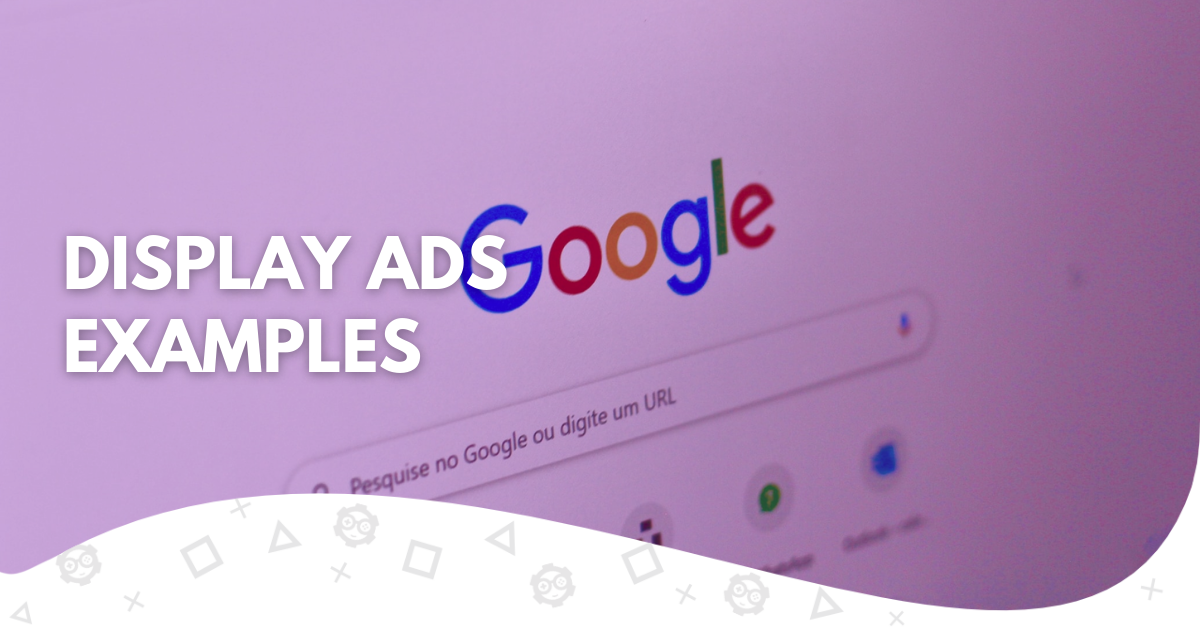We see pay-per-click content growing a lot more every day, and Google’s platform for this kind of marketing is the most used among business owners. Whether through YouTube ads or Gmail marketing, several platforms can be used to display ad content.
More than just the content, the format is also a massive responsibility for a campaign’s success. When it comes to attractive content, the Google Display Network is definitely the best option available.
It allows users to display various types of marketing content, whether video ads, blog post link, or any other content type. The best part of using the Google Display ad solution is that it allows you to create a responsive display ad in numerous ways.
If you want to know how to make your own Google Display ads and see examples of how powerful this tool can be, this article is perfect for you. We will show you numerous types of Google Display ad examples for you to find the perfect one for your product or service.
Make sure to look at each one and understand what needs to be done to create a banner ad or any other format. It is always recommended to always hire a professional marketer for these processes. Make sure only to do operations you’re comfortable with.
What Are Display Ads

Display ads are online advertisement that combines copy and visual elements to attract internet users to click on them and most often purchase a product or service. It features call-to-action, which is the phrase or word responsible for convincing the target audience to do what you want them to do.
Running a display ad group works on computers and mobile devices, and Google provides tools to adapt them to the different platforms and options perfectly. This, combined with the number of possibilities available when displaying search ads, makes it one of the most used types of marketing.
Display ads can be used by companies of all kinds and industries. Thanks to its versatility, you can adapt what you upload and create effective display ads based on what your customers want to see.
Google Display Ad Examples

Now it’s time to see some Google Display ads to understand how it works and also to get inspiration on what you can do for your next campaign. The list will include ads from different types and platforms to ensure you find exactly what you want.
From banner ad examples to GIFs, Google Ads allows you to create an enormous variety of content, and deciding which type to choose can be a challenge. To help with this, here are some examples to get inspiration from:
Apple’s 2020 Apple TV Display Banner

Apple has always been a great example of how to create quality design, and their ad spend is no exception. The banner for Apple TV’s 2020 campaign is proof that simple ad design can also gather numerous clicks.
It features a minimalistic art style following the brand’s visual ID with a catchy call to action referring to the product being advertised. The ad would appear on multiple websites about tech, maintaining constant contact with users looking for movies and series to watch.
Disney Plus Free Trial Campaign

Another great example to inspire is Disney’s approach to digital paid ads. The campaign includes banners, pop-up announcements, and other marketing assets to convince users to sign up for their streaming services.
Although it has a simple call-to-action, the advertisement is extremely effective since it offers a special deal, in this case, a free trial. Not only that, but the art pieces also include scenes and promotional pic from the content available, showing examples of what can be found on the platform.
Animated CTA
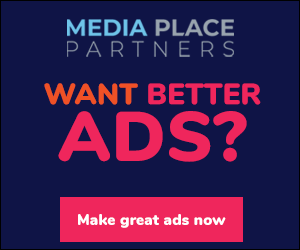
One of the most common ways to use GIFs in a display ad is through a bright and animated call-to-action button. The example below was created by Media Place Partners and featured a CTA that would turn into a lamp and then return to the original phrase after some time.
This kind of technique can be extremely effective even though everybody does it. But the good part is that, by allowing GIF assets, Google opens numerous possibilities to creative marketing campaigns that shine among the others. When using GIFs, make sure to think outside the box and get creative.
Adobe Creative Cloud Campaigns

Another company that heavily invests in digital marketing is Adobe. From a company that encourages creativity, it is natural to expect eye-catching ads with a creative leap from other brands, which they indeed do.
All Adobe campaigns feature stunning visuals that were created using the software solutions offered by the company. This creates a value proposition for what’s being advertised, making it a much more effective ad.
The example above clearly illustrates that. It is a collection of three advertisements from their cloud service and stock images bank. Each one contains elements created in the respective program being announced.
Nintendo Switch Display Ad
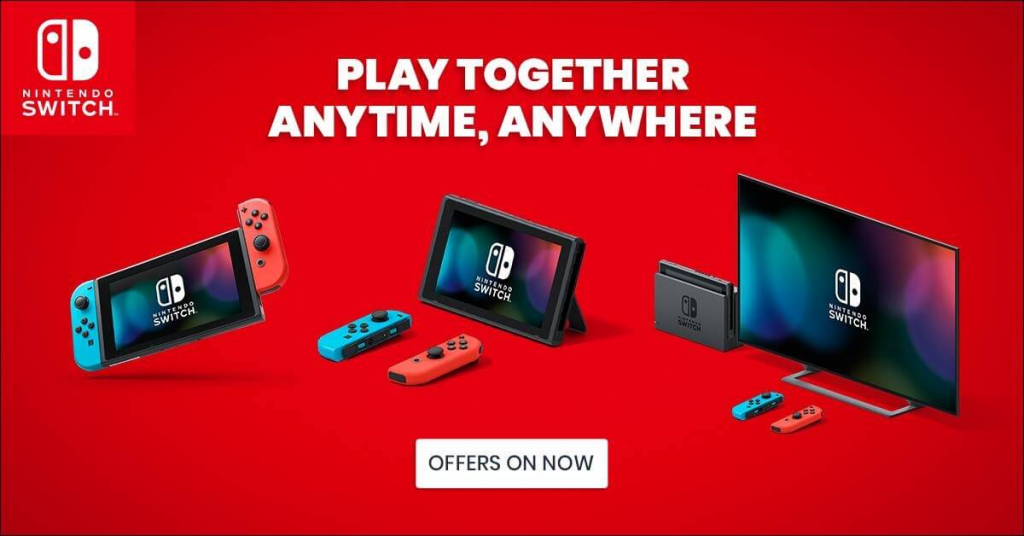
This ad from Nintendo to promote the Switch console is an example that should be followed by many advertisers that want to attract attention from their customers. It has multiple elements that are characteristics of quality display ad pieces.
The entire marketing piece follows the brand’s visual ID and matches the announced product. Moreover, with just three simple pictures, the brand was able to show the core functions of the product and the possibilities it provides. With this, the potential customer can see why acquiring a Switch is a good deal and solves their problems or pain points.
Then, everything gets wrapped up with minimal text featuring a clear message about the product’s main point and the idea behind it. Since it is a clickable ad, there is also a button that automatically redirects the user to the brand’s website so they can acquire the console.
#asktheNEWMINI
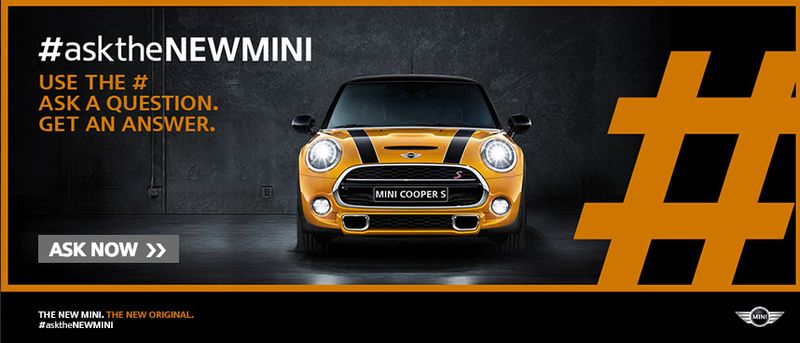
The car brand Mini also mastered the art of making creative ads, which is one of their best creations regarding public interaction and engagement. The campaign created for the Mini Cooper S was simple yet effective.
The text and image elements were set to match the car color and featured ad copy, which was pretty straightforward. Once they clicked on the link, they would be redirected to a page following the same visual ID from the ad.
There, they’d find curiosities and specifications about the new car. There was also a space for leaving a message with any questions about the car or the brand itself.
All the questions written were answered by Mini’s team, generating an enormous engagement. This is the perfect way to align display ads and public interaction.
Swarovski Digital Ad Price Strategy

Another great way to attract customers is by clearly showing the price of your product in the image. When you see a naturally expensive brand, like Swarovski, announcing a new product for something “as little” as 79 dollars, it will definitely catch the attention of those seeing the advertisement.
For this campaign, the jewelry brand announced a new necklace and a pair of earrings for 79 dollars, something way below the price of their other products. With this, those who know the brand and the usual price of their products would instantly click the link to view the products, attracting a lot of customers to the company’s website.
Making the product price clear in the image always attracts customers. It is a great strategy but will directly depend on the type of product you’re advertising and the industry you’re in.
Why the Google Ads Display Network Is a Good Investment
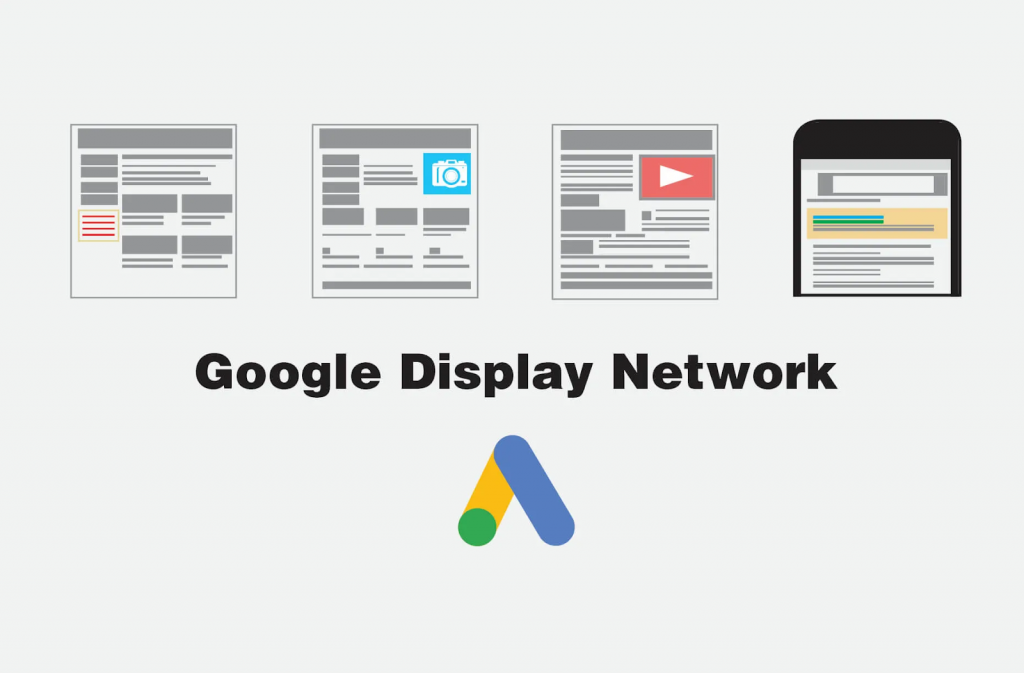
Several factors make the Google Display ad platform the best option for most display advertisers of all industries. First, you can easily create a Google display campaign that aims directly at your target audience and reach them more effectively.
You can set up multiple factors, like the platforms you will be running display ads and to whom you want them to appear. With this, more than just showing ads to everyone you see, it will reach precisely the right audience without spending tons of money, like on a TV commercial, for example.
Another reason why Google Display Network is the best option for creating effective display ad campaigns is because, thanks to the numerous platforms included in the network, you will always have the perfect place to display the type of ad you want.
For example, if you have image ads, directly inserting them in SERPs or even Gmail Ads might be a great way to attract potential customers to your landing page. On the other hand, if you want to display videos, you also have YouTube at your disposal. This way, Google constantly adapts the platform to your needs.
Uploaded Display Ads vs. Responsive Display Ads
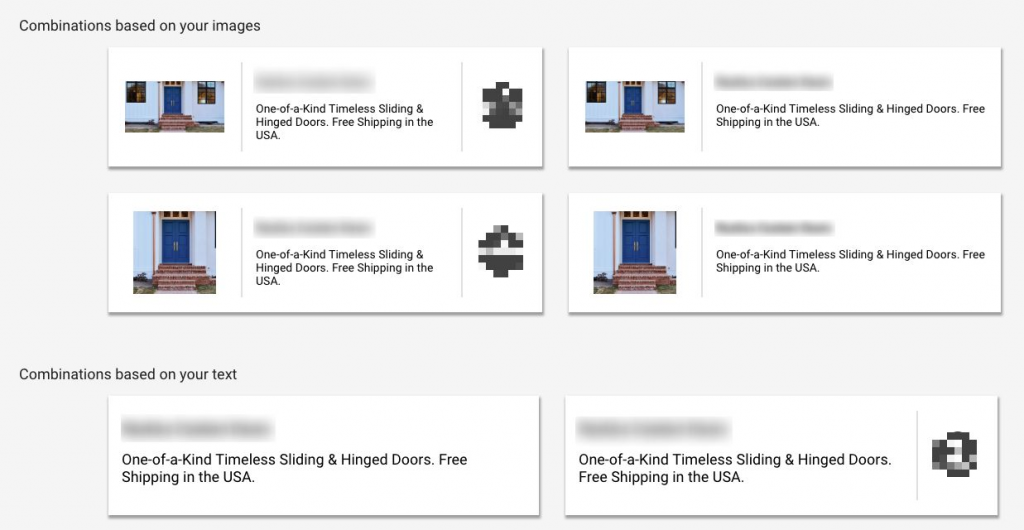
Before going through any Google display ad examples, it is essential to understand some basic concepts and features of the platform. One of the main ones is the difference between uploaded and responsive ads.
Both techniques can be used for different content types, from an animated ad to ad copy only. Their differences mostly revolve around the structure possibilities.
Here is what each type of display ad is and their differences:
Uploaded Display
If you create your own designs or hire third-party companies to do the artistic aspects of each campaign, this is the best option. It is considered the standard option from Google, and you just need to upload the file used in your display.
It is essential to know that Google features standard sizes for each kind of particular placement, and if your file doesn’t fit the ad size, your ad won’t be shown to the specific audience you choose and to anyone. Make sure to read the document provided by Google and adapt your content to fit the requirements.
If you have multiple images, make sure to adapt all of them. Having a department dedicated to designing and developing marketing content is more common in huge companies. Still, it doesn’t mean you can’t use this option even if you’re a small business.
Responsive Display
The responsive display is the best friend of any small business owner who creates only the content itself but not the design of the display. With this tool, Google allows you to provide only the assets, like images and videos, along with little ad copy. Once you do that, Google’s AI will automatically provide you with different options for visually appealing designs to post on their various platforms.
Once you upload all the information Google needs, it will test different combinations and layout options to see which ones perform better and the audience they achieve. Another significant part of the responsive display is that it automatically redimensions all the uploaded images and videos to match the requirements.
It is worth using if you don’t want to spend time deciding all aspects of your design. On the other hand, if you praise for manually determining each aspect of your layouts, an uploaded display is the best option for your next ad.
Types of Content Supported
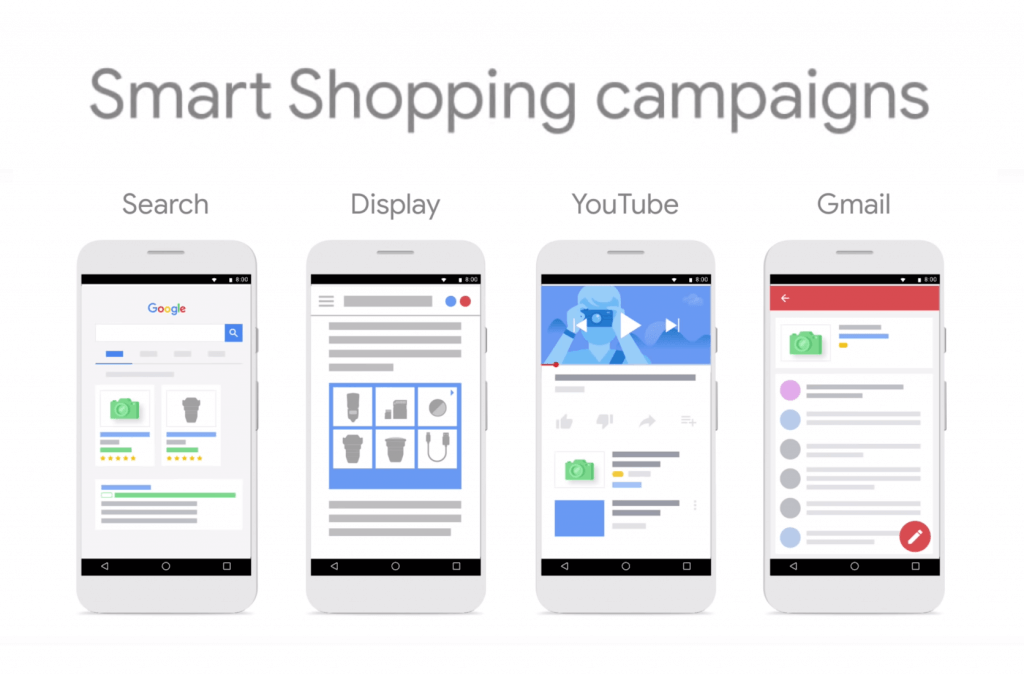
Understanding what can be uploaded to the platform is essential before you create any content. Google supports multiple formats, including static and animated content.
The main formats supported are:
- JPG
- PNG
- GIF
YouTube Ads is considered a different platform and uses different processes. If you’re considering video advertisements, Google Display might not be your best option.
Along with the format, paying attention to the image size you’re using is also important. Here are the accepted sizes for each kind of content and platform:
- Mobile – 300×200, 300×50, 300×100
- Desktop – 300×250, 336×280, 728×90, 300×600, 160×600, 970×90, 468×60
- Both – 250×250, 200×200
Targeting Options

Before checking out the examples, it is crucial to understand how the targeting system works in the Display Ad system. The Google Display Ad targeting can be done in two ways, each featuring a different set of information.
The first one is through contextual targeting, and the other is through demographic data. Each one has its own characteristics, and the best option will depend on the ad you are creating and the goals you want to achieve.
Here is what each of the strategies means:
Contextual Targeting
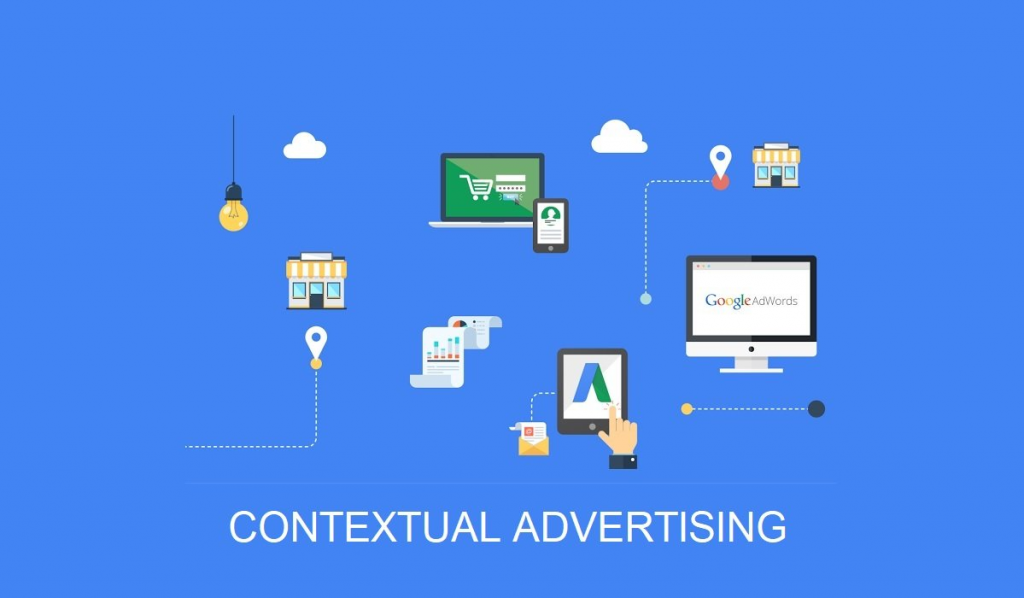
Contextual targeting relies mainly on behavior and what the users are searching for. More than targeting the audience by their characteristics, like age and monthly income, contextual targeting uses information like keywords used and terms searched.
Through this, it will decide which users should see your ad or not. When choosing a contextual target on your Google Ads Network, you’ll have three main options:
Keyword
We all know that good keyword selection is a must-have for any ad group that wants to achieve optimized results. But if you choose keyword targeting, it is even more critical.
In this type of targeting, Google will display your ads for users that searched for specific keywords. It is an excellent option if you already know the behavior of your target audience.
Placement
A placement target is not often used to achieve the most significant number of users possible, but it can be a great option for specific cases. It targets determined web pages, videos, and other pieces of content. Once a user searches for it, Google will display ads to them.
Topic
On the other hand, this is the most common one and is used by companies of all industries. Topic targeting displays your ads based on the topic of its content. For example, if you run ads about a bookstore, Google will likely display it on related websites, like book review blogs or websites with free books to download. It is great to achieve the target audience effectively.
People Targeting
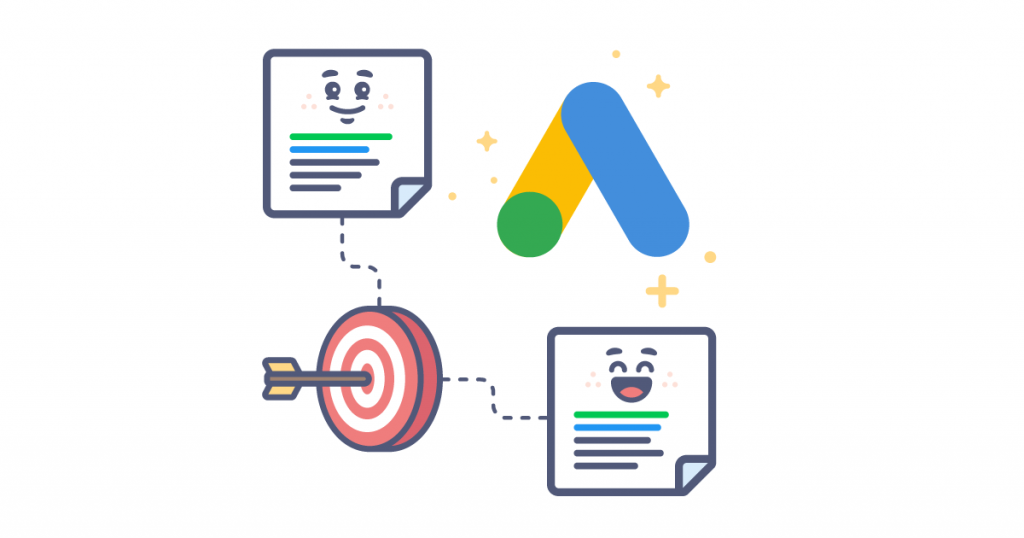
The other option when choosing the target of your ads is called people targeting. As the name suggests, instead of choosing where your content appears, you choose to whom it will be shown. Here are the main options for people targeting you can have:
Demographic
It is very common to see companies creating ads and aiming at prospective customers through demographic data. For this, you’ll insert data about your target audience, like age, parental status, and other details. Once you do that, Google will show your ads to those that match the selected options.
Interests
When choosing interests, Google will show your ads to users they notice might be interested in the product or service you’re announcing. The platform does this mainly based on their search habits and recent web pages visited. It can be work well for announcing products, for instance.
Remarketing
Google also offers display ad options based on remarketing. If one of your targeted audiences is users who have already interacted with your company, this might be the perfect option for you. Once you select remarketing, it will show the ads to those users, increasing the chances of making them complete the sales funnel.
Why Hiring a Marketing Agency Is the Best for Your Display Ads
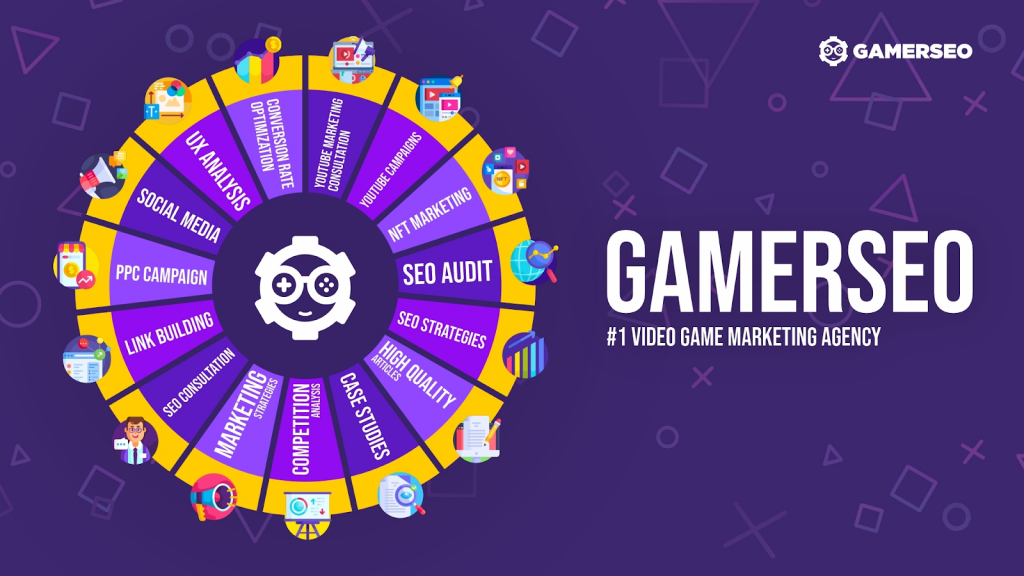
Quality marketing can be challenging, especially when it comes to Google Ads and its multiple possibilities. That’s why most companies hire professionals to take care of these aspects and develop their marketing efforts.
By doing this, you ensure that the project will be planned by a professional in the industry. Not only that, but it dismisses the need to assign this task to other team members, allowing your company to run at full capacity.
At GamerSEO, we have the best professionals on the market with years of experience developing digital marketing content. By joining our family, we ensure the best results for you and your business through effective strategies aiming directly at your objectives.
We offer a variety of services that go from keyword research all the way to complete digital marketing plans. Join us, and let’s create quality content together.
Time to Start Creating Your Google Display Ads
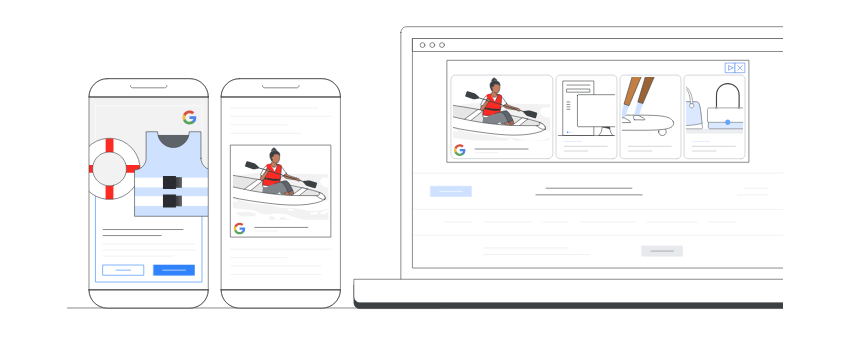
Google Display Ads is undoubtedly one of the best platforms to promote your business or product. Whether through animated ads or simple images, there are endless possibilities of what you can do with the features provided.
However, everything needs to be carefully planned for the strategy to work and generate the desired results. The best way to get inspiration on what to do in your next marketing campaign is through examples of other brands.
They can help generate numerous insights and show interesting ways to plan the campaign and format possibilities that can perfectly fit your product or service.
Now that you know everything you need, it is time to start creating your own Google display ads. Remember that hiring a professional agency can help achieve the desired goals optimally.

A PPC specialist who started with organic social media. For several years, the core of his activities are:- Google Ads, Microsoft Ads, Meta Ads, TikTok Ads, Twitter Ads, Linkedin Ads. He has led campaigns with a global reach, e.g. for FootballTeam, G2A, ETOTO, as well as many smaller campaigns in the sports, construction and financial industries. Has full focus on ROAS. Privately, a fan of football, history of wars and Star Wars.

